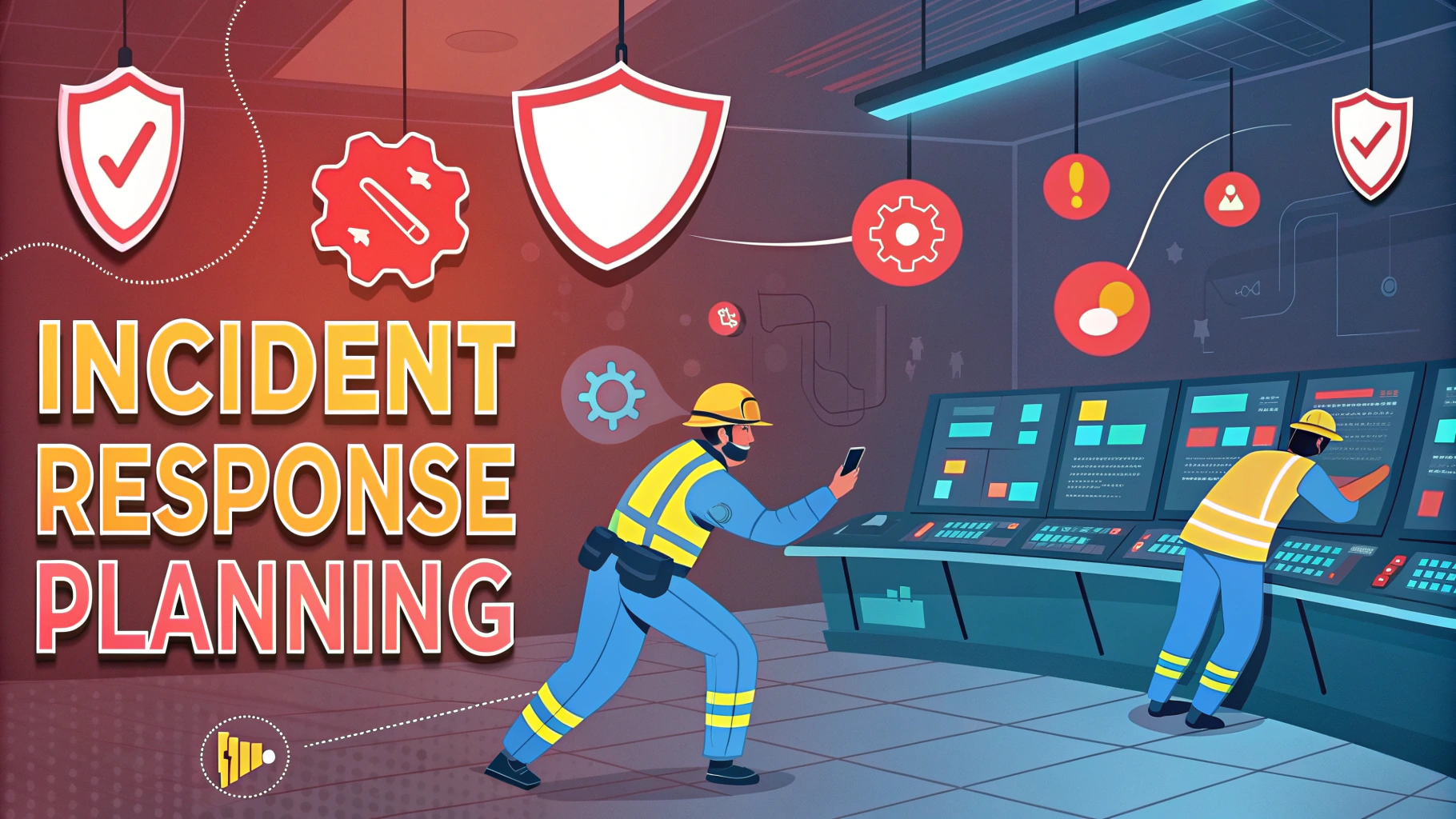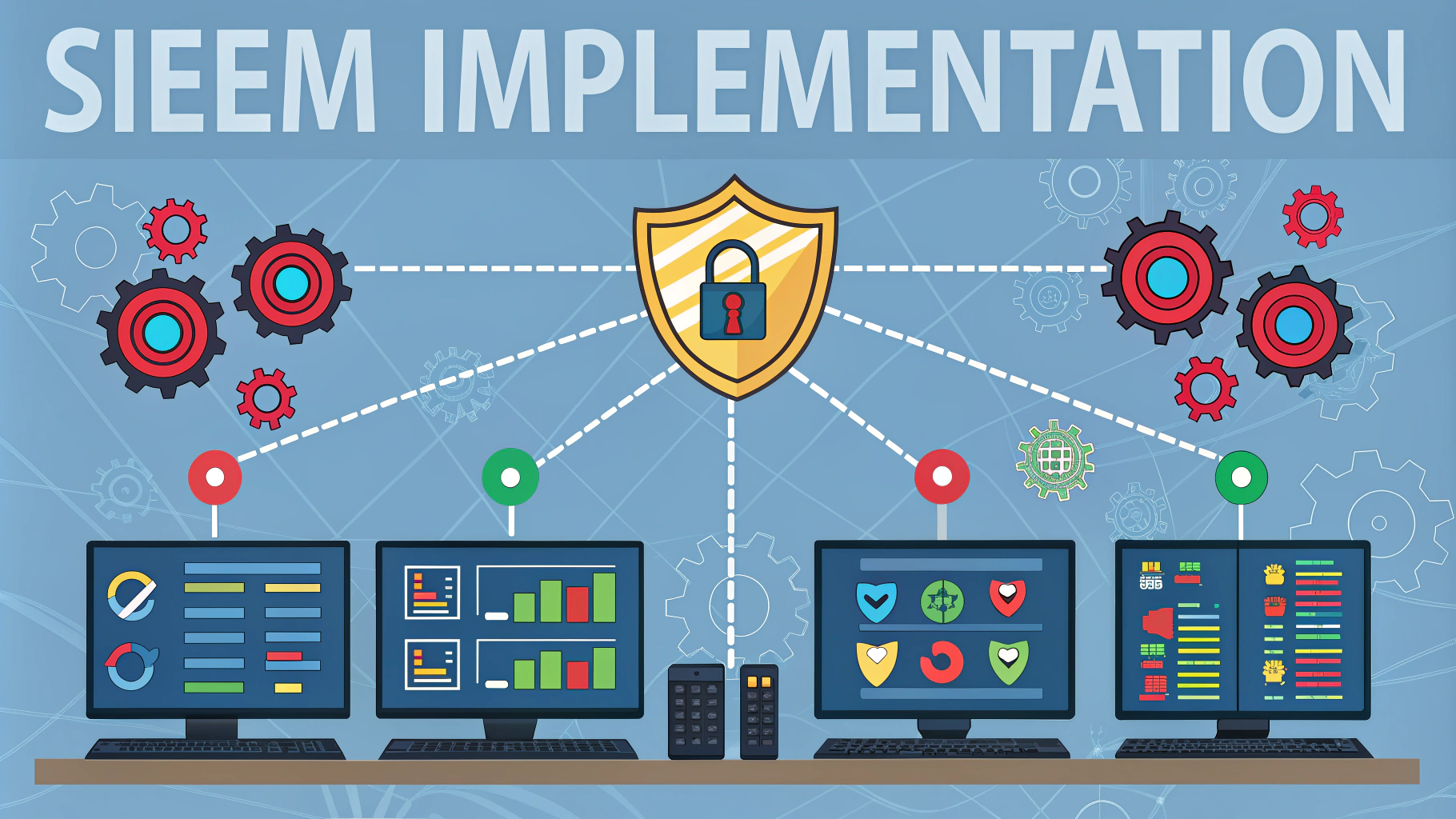Testing security defenses requires careful planning to ensure both effectiveness and safety during penetration testing engagements.
A well-structured exercise plan helps identify vulnerabilities while maintaining control over the testing environment and preventing unintended system disruptions.
This guide outlines the key components needed to develop thorough penetration testing plans that align with organizational objectives and compliance requirements.
Pre-Planning Requirements
- Written authorization from system owners
- Defined scope and boundaries
- Emergency contact information
- System documentation and network diagrams
- Testing schedule windows
- Risk assessment documentation
Setting Clear Objectives
Each penetration test should target specific security controls or system components based on risk priorities.
- External network security assessment
- Web application testing
- Wireless network analysis
- Social engineering exercises
- Physical security testing
Resource Planning
| Resource Type | Requirements |
|---|---|
| Personnel | Skilled testers, system administrators, incident response team |
| Tools | Testing software, monitoring systems, documentation tools |
| Time | Testing windows, analysis periods, reporting deadlines |
| Budget | Tool licenses, contractor fees, remediation costs |
Documentation Requirements
- Test plans with detailed methodologies
- Rules of engagement
- Communication protocols
- Incident response procedures
- Status reporting templates
- Results documentation format
Risk Mitigation Strategies
Create backup systems and rollback procedures before beginning any testing.
- System restore points
- Data backups
- Emergency shutdown procedures
- Monitoring alerts configuration
Exercise Execution Checklist
- Verify authorizations and documentation
- Test communication channels
- Confirm system monitoring
- Execute according to schedule
- Document findings real-time
- Maintain regular status updates
Next Steps After Planning
Review the complete exercise plan with all stakeholders before starting any testing activities.
- Schedule a pre-test briefing
- Distribute emergency contact information
- Confirm testing windows with system owners
- Prepare reporting templates
- Set up secure communication channels
Contact the Information Security team at [email protected] for plan review and approval before proceeding with testing.
Testing Documentation
Throughout the penetration testing process, maintain detailed records of all activities, findings, and remediation recommendations.
- Testing activities log
- Vulnerability findings
- Evidence collection
- Remediation suggestions
- Impact assessments
Stakeholder Communication
Before Testing
- Distribution of test schedule
- System owner notifications
- Emergency procedures review
- Approval confirmations
During Testing
- Daily status reports
- Incident notifications
- Schedule adjustments
- Progress updates
Quality Assurance Measures
Implement verification procedures to ensure testing accuracy and completeness.
- Peer review of findings
- Tool output validation
- Documentation completeness check
- Evidence verification
- Results reproduction
Building Stronger Security Through Testing
Effective penetration testing requires careful planning, clear communication, and thorough documentation to achieve meaningful security improvements.
- Regular testing schedule implementation
- Continuous improvement of methodologies
- Knowledge sharing across teams
- Integration with security programs
- Measurable security enhancements
Remember to maintain all testing documentation for compliance purposes and future reference. Update testing procedures based on lessons learned from each engagement.
FAQs
- What key elements should be included in an exercise planning phase for penetration testing?
A proper exercise plan must include scope definition, objectives, timeline, methodology selection, resource allocation, risk assessment, authorization documentation, and communication protocols. - How long should a typical penetration testing exercise planning phase take?
The planning phase typically takes 1-2 weeks for standard engagements, though complex enterprise-level tests may require 3-4 weeks of planning to properly scope and document. - What legal considerations must be addressed during exercise planning?
Legal considerations include obtaining written authorization, defining scope boundaries, ensuring compliance with relevant regulations (GDPR, HIPAA), establishing non-disclosure agreements, and documenting “get out of jail” letters. - How do you determine the appropriate testing methodology during planning?
Methodology selection depends on objectives, target environment, available time, client requirements, and industry standards (OSSTMM, PTES, OWASP). The chosen methodology must align with compliance requirements and risk tolerance. - What stakeholders should be involved in the exercise planning phase?
Key stakeholders include security teams, IT operations, legal department, business unit leaders, third-party vendors if applicable, emergency contacts, and executive sponsors who must approve the testing. - How should success criteria be defined during penetration test planning?
Success criteria should be specific, measurable, and aligned with business objectives, including metrics like number of critical vulnerabilities identified, specific system access achievements, and reporting requirements. - What contingency plans should be included in exercise planning?
Contingency plans must cover system restoration procedures, emergency contacts, incident response protocols, test suspension criteria, and rollback procedures in case of critical system impacts. - How should scope limitations and boundaries be documented in the planning phase?
Scope documentation must clearly define in-scope and out-of-scope systems, networks, applications, testing times, excluded systems, restricted techniques, and any special handling requirements for sensitive data. - What resources need to be allocated during the planning phase?
Resource allocation includes testing tools, personnel assignments, time windows, backup systems, monitoring capabilities, communication channels, and emergency response team availability. - How should data handling and privacy requirements be addressed in the plan?
Data handling requirements must specify protocols for sensitive data discovery, storage, transmission, destruction, and compliance with privacy regulations, including encryption requirements and access controls.








